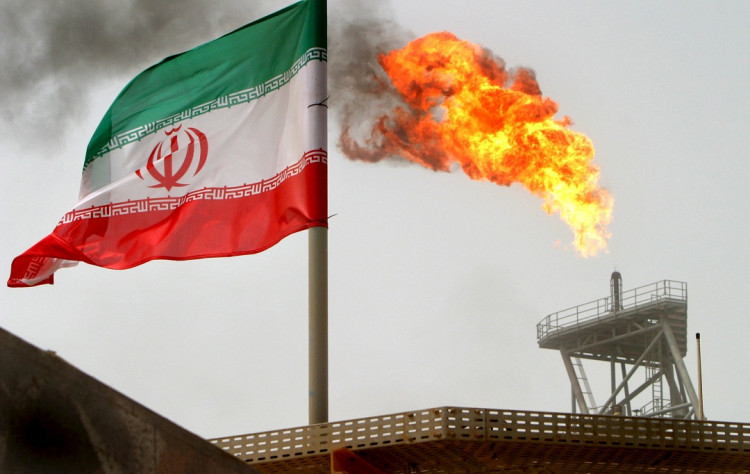Oil prices remained steady on Thursday following two days of gains, with Brent crude futures falling slightly by 8 cents to $78.25 a barrel and U.S. West Texas Intermediate (WTI) crude rising marginally by 2 cents to $75.25 a barrel. This stabilization comes after significant gains on Wednesday, where Brent increased by 2.4% and WTI by 2.8%, recovering from a sharp drop earlier in the week.
The recent rally in oil prices was supported by a substantial 3.7 million barrel drop in U.S. crude inventories, far exceeding analyst expectations of a 700,000 barrel draw, marking a sixth consecutive weekly decline to six-month lows. This data suggested stronger-than-anticipated demand and tighter physical markets, according to Panmure Liberum analyst Ashley Kelty. "However, crude markets still face headwinds from faltering demand in China and the U.S., and the potential addition of supply by the OPEC+ cartel from Q4," Kelty added.
Rising tensions in the Middle East and a force majeure declared on output at Libya's Sharara oilfield further supported prices. The killing of senior members of militant groups Hamas and Hezbollah last week raised concerns over potential retaliatory strikes by Iran against Israel, heightening fears over oil supply disruptions from the world's largest producing region. "The market has been on edge as it awaits a response from Iran," noted ANZ Research.
Libya's National Oil Corporation declared force majeure at its Sharara oilfield on Tuesday, citing protests that led to a gradual reduction in production. Analysts at Citi highlighted the possibility of a price bounce to the low to mid-$80s for Brent, driven by still-tight balances, heightened geopolitical risks, potential weather-related disruptions, and light managed money positioning.
On Wednesday, Brent crude futures settled at $78.33 a barrel, up $1.85 or 2.42%, while WTI crude rose to $75.23, gaining $2.03 or 2.77%. This rebound followed a sharp decline on Monday, when Brent reached its lowest level since early January and WTI its lowest since February, amid a global stock market rout fueled by concerns over a potential U.S. recession following weak jobs data.
"There is a possibility of a bounce in prices to the low-to-mid-$80s again for Brent, at which point we would again recommend selling strength," Citi said. The firm also noted that geopolitical risks had not been fully priced into the market, warning that miscalculations could potentially lead to unforeseen escalation and contagion across the region.
The Middle East is bracing for potential attacks by Iran and its allies following the recent killings of Hamas and Hezbollah leaders, raising concerns that the conflict in Gaza could escalate into a wider war. Additionally, Libya's National Oil Corp declared force majeure on the Sharara oilfield due to ongoing protests.
Tropical Storm Debby has also contributed to the market's volatility, bringing heavy rain to the U.S. Southeast and threatening the region with dangerous flooding. This adds another layer of uncertainty to the supply outlook, as weather-related disruptions could further tighten the market.
Oil has regained some ground after hitting a seven-month low on Monday, with traders closely watching developments in the Middle East. Israel remains on high alert for a potential Iranian attack, though recent comments from the Iranian president to his French counterpart hinted at a possible diplomatic de-escalation.
Harry Tchilinguirian, group head of research at Onyx Capital Group, commented on the situation, stating, "Right now, the macro picture is still dominant in shaping the path of risky assets like oil, with fundamentals relegated to second fiddle. On the geopolitical front, it is now a waiting game centred on when and how Iran might retaliate against Israel. What shape Iran's eventual response will take will dictate the amount of risk premium that could develop in oil prices."
U.S. crude stockpiles fell for the sixth consecutive week to their lowest since February, according to official data released on Wednesday. This has alleviated some concerns about weakening demand in the world's largest consumer, although there were increases in stockpiles at the key Cushing storage hub and in gasoline supplies.






